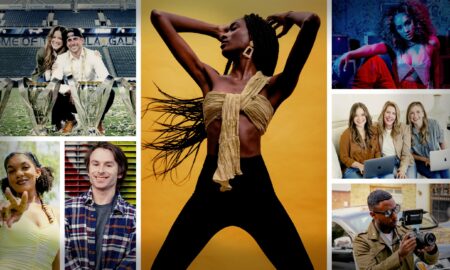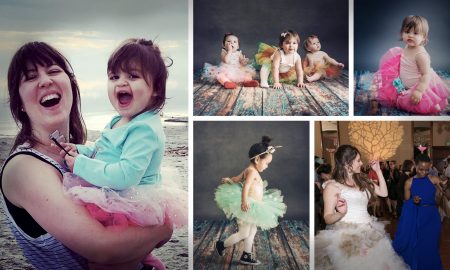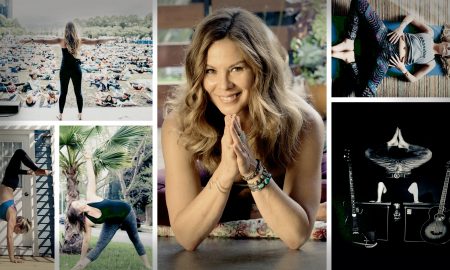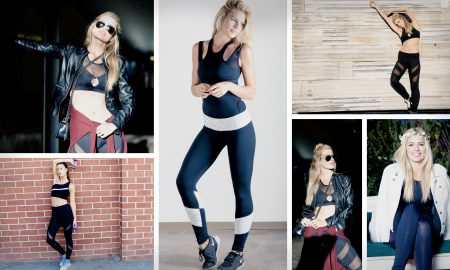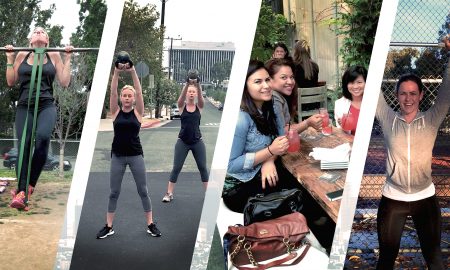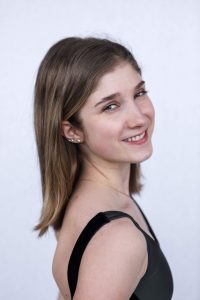
Today we’d like to introduce you to Emma Andres.
Hi Emma, it’s an honor to have you on the platform. Thanks for taking the time to share your story with us – to start maybe you can share some of your backstory with our readers?
I am currently the resident choreographer and studio manager of Pasadena Civic Ballet (PCB).
My story begins with a passion for music and storytelling. I have always been a storyteller. I used to create worlds for myself in my parent’s backyard, stories with intricate plots and vivid characters. I loved that I could make my own creative sanctuary, and from here, I developed a love of storytelling and creativity.
My love for storytelling was first cultivated at Pasadena Civic Ballet, where I danced from ages 4-17. PCB’s Directors, Diane, Tania, and Zoe, create beautiful, elaborate full-length fairytale ballets that push beyond the boundaries of a regular ballet school. The productions include intricate costume design, artistic scenic design, dazzling visual effects, and special effects such as flying and ariel acrobatics. These were three strong female choreographers/artists that I look up to, and their creativity inspired my pursuit of a dance career.
In 2020, I graduated with a BFA in Dance Choreography and a minor in Literary Journalism from UC Irvine. It was at UCI that I discovered my love for choreography. For me, choreography and music work harmoniously to show audiences new worlds. I wanted to create worlds driven by research and a love of learning. I combined my passion for science, literature, visual art, and choreography to create dance works that could inspire others to learn and grow.
I first began to create dance works about my own artwork. These dance works attempted to emulate the qualities of the art through movement, lighting, and costumes. Façade Azur, my first performed work, was based on a mixed-media painting that explored water (fluid) and skyscrapers (static). I have more recently created works inspired by color, nature, literature, and space. In 2021, I developed a small excerpt of Little Women, a piece I hope to develop into a full-length ballet. It will be a loving tribute to Louisa May Alcott, and I hope it will initiate a movement toward ballet narratives surrounding women and their stories. I want my choreographic works to represent the concepts I am investigating while still sparking curiosity about the movement itself.
Choreography not only brings me joy because I love to create but because of the joy it allows me to bring to my dancers and students. As a choreographer, I want my dancers to feel like they have a voice in the project. I like their input, and I want to see them think creatively. I want to inspire my dancers to develop their own choreographic voices. As a dance teacher, I want to empower my students to excel technically and give them the tools they need to develop themselves as well-rounded artists and individuals. Great dancers have the potential to become great choreographers, artistic directors, writers, filmmakers, etc. I want them to know that the possibilities are limitless when it comes to dancing, they can be dancers, but they can also apply the skills they learned to every aspect of their lives.
Would you say it’s been a smooth road, and if not what are some of the biggest challenges you’ve faced along the way?
COVID was a significant obstacle on my road to becoming a choreographer. A few months before I graduated from UCI in 2020, my cohort was pulled out of school and spent the rest of our term on Zoom. Learning to transition online for something that requires physical interaction and in-person learning was very difficult. Performances were moved online, and many choreographers, including myself, had to transition to new, inventive ways of displaying work. Graduating during COVID was also tricky because few dance companies were hiring, and it felt like I had to work my way back up to where I had been before COVID began. COVID canceled many exciting opportunities that would have jumpstarted my choreographic experience upon graduation. But it also taught me valuable lessons in perseverance. I learned that not every opportunity I went for would follow through, and sometimes extraneous circumstances can keep us from pursuing our dreams; still, this doesn’t mean we give up on those dreams. Working as a dance teacher and studio manager during COVID gave me time in a studio where I could work with students and develop more choreographic works. It allowed me to hone my choreographic craft and become a more experienced educator.
As you know, we’re big fans of you and your work. For our readers who might not be as familiar what can you tell them about what you do?
I am a storyteller and, through art, hope to share my and others’ stories with the world.
I am an experimental concert choreographer who creates dance works for proscenium theaters and black box spaces. Coming from a background in studio art, I experiment with patterns developed from improvisation, bringing multimedia projects to life for the stage. My dynamic, abstract choreography is a testament to my curiosity for combining fine art, literature, and performance art.
I choreograph dances that are thought-provoking and unique. Something that sets me apart from other choreographers is that I want to develop choreographic standards that make dancers an intricate component of the development of the work. Yes, the dancers would dance the piece, but they would also be thinking creatively, offering suggestions for the choreography, and letting me know if something doesn’t flow organically for them. I want to piece to look fluid and smooth from the audience’s perspective, but I also want it to feel smooth and enjoyable for the dancers. It should be just as exciting and confident to dance as it is to watch. I like the dancers to feel like they contributed to the movement and that they are integral to its development and execution.
I am most proud when I see my work come to fruition. During the final dress rehearsal with costumes, lighting, and the music amplified, the choreography seems so powerful that an overwhelming feeling of pride and happiness begins to swell in my chest. My dancers are always so excited around performance time, which makes the experience even more special. It is a feeling that reminds me of when I perform as a dancer. These are experiences so exciting that the sense of joy cannot be contained.
How do you think about happiness?
What makes me happy is seeing how my choreography affects others, specifically the dancers. Throughout the choreographic process, I see my dancers grow in new ways, creatively and artistically. My students’ parents often come up to me, telling me how much their child loves to dance my work. I am always grateful for this feedback, not because it’s a compliment but because it makes me so happy to know I could make something that makes my students excited and eager to learn. I want to empower my students to use their imaginations and be creative; this pushes them beyond their dancer selves and makes them think critically about movement and choreography. I see this excitement from my students when I choreograph, and knowing that they greatly benefit from performing my work gives my journey as a choreographer significant meaning and power.
Contact Info:
- Website: artsbyemma.com
- Instagram: @emmaandres
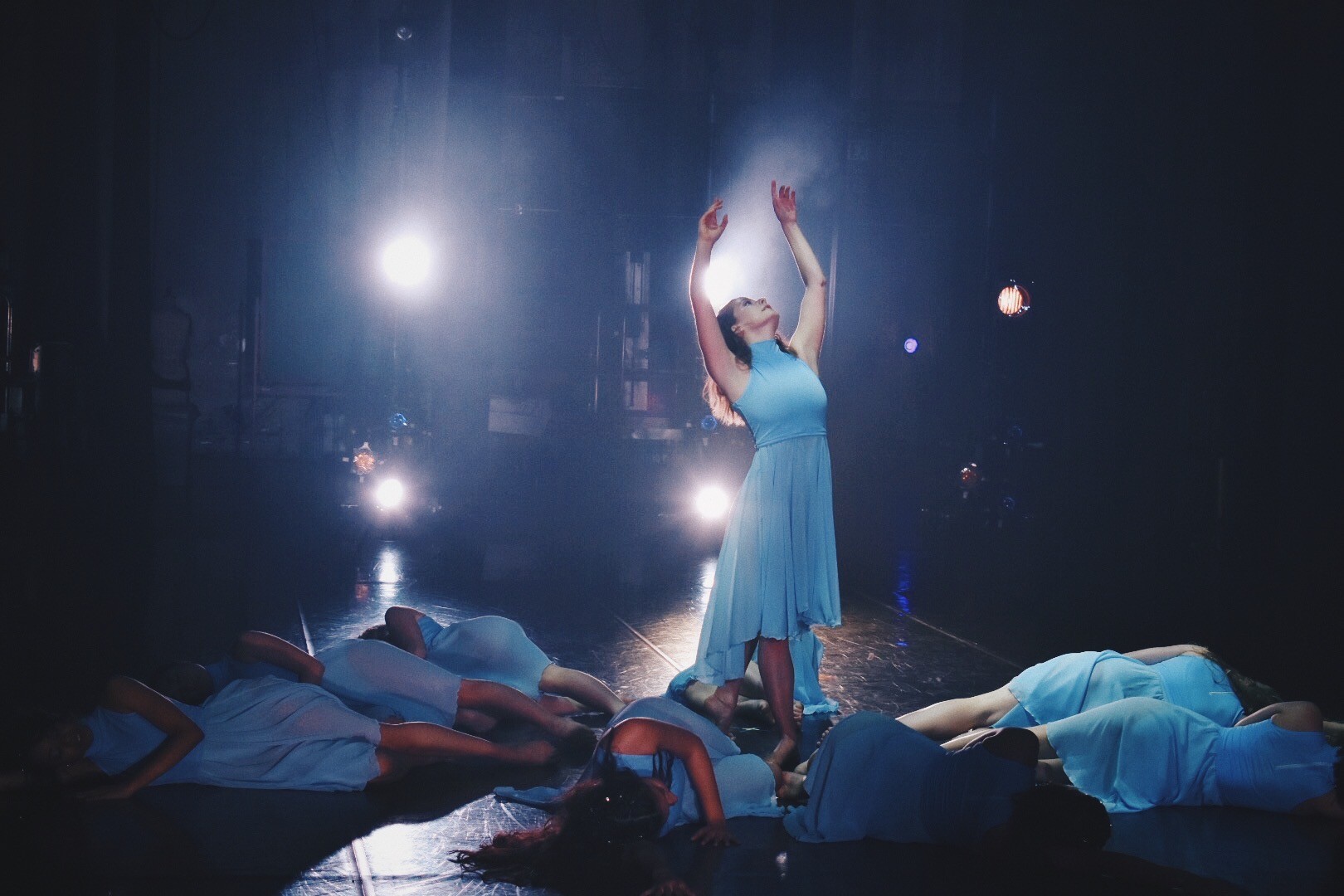
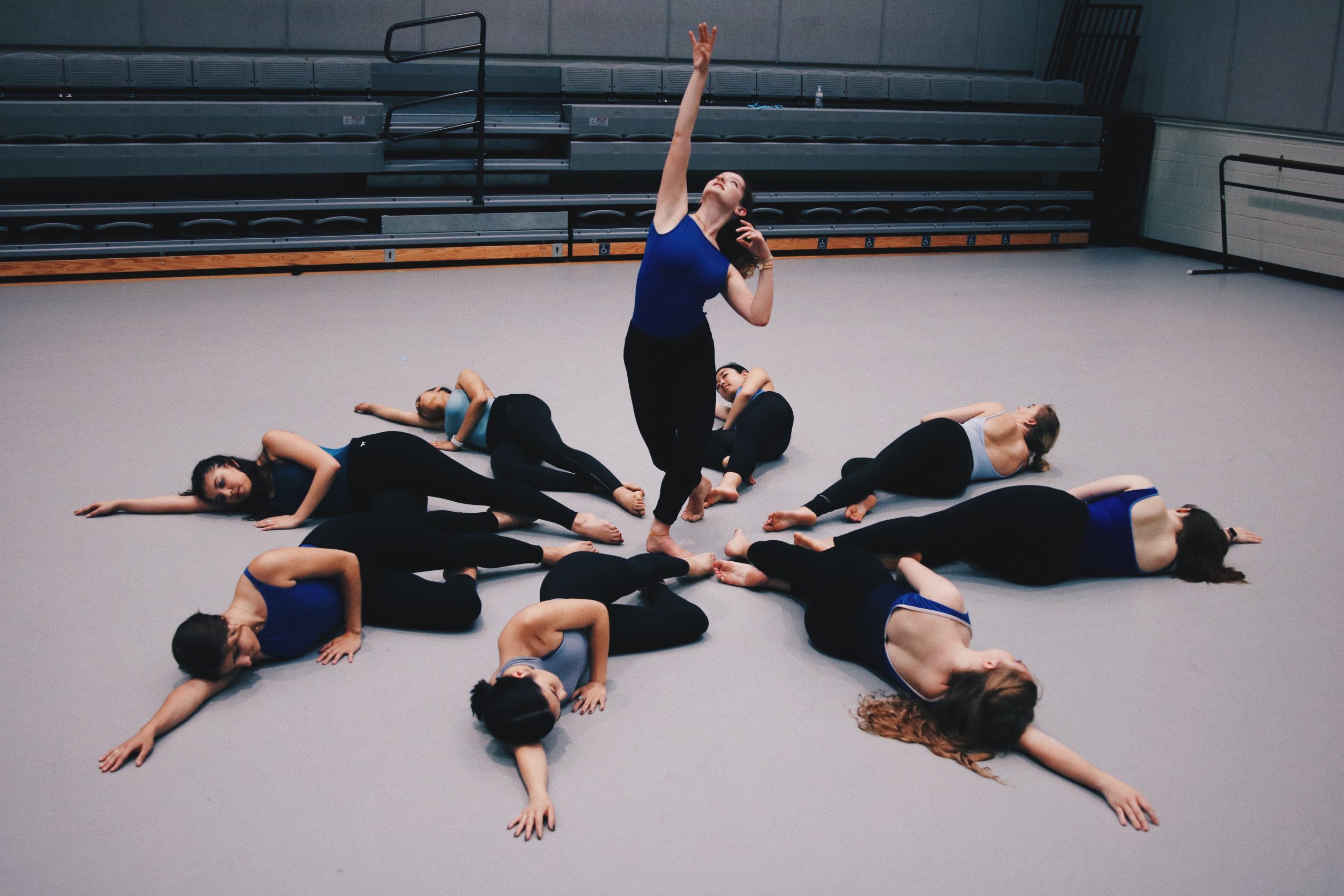
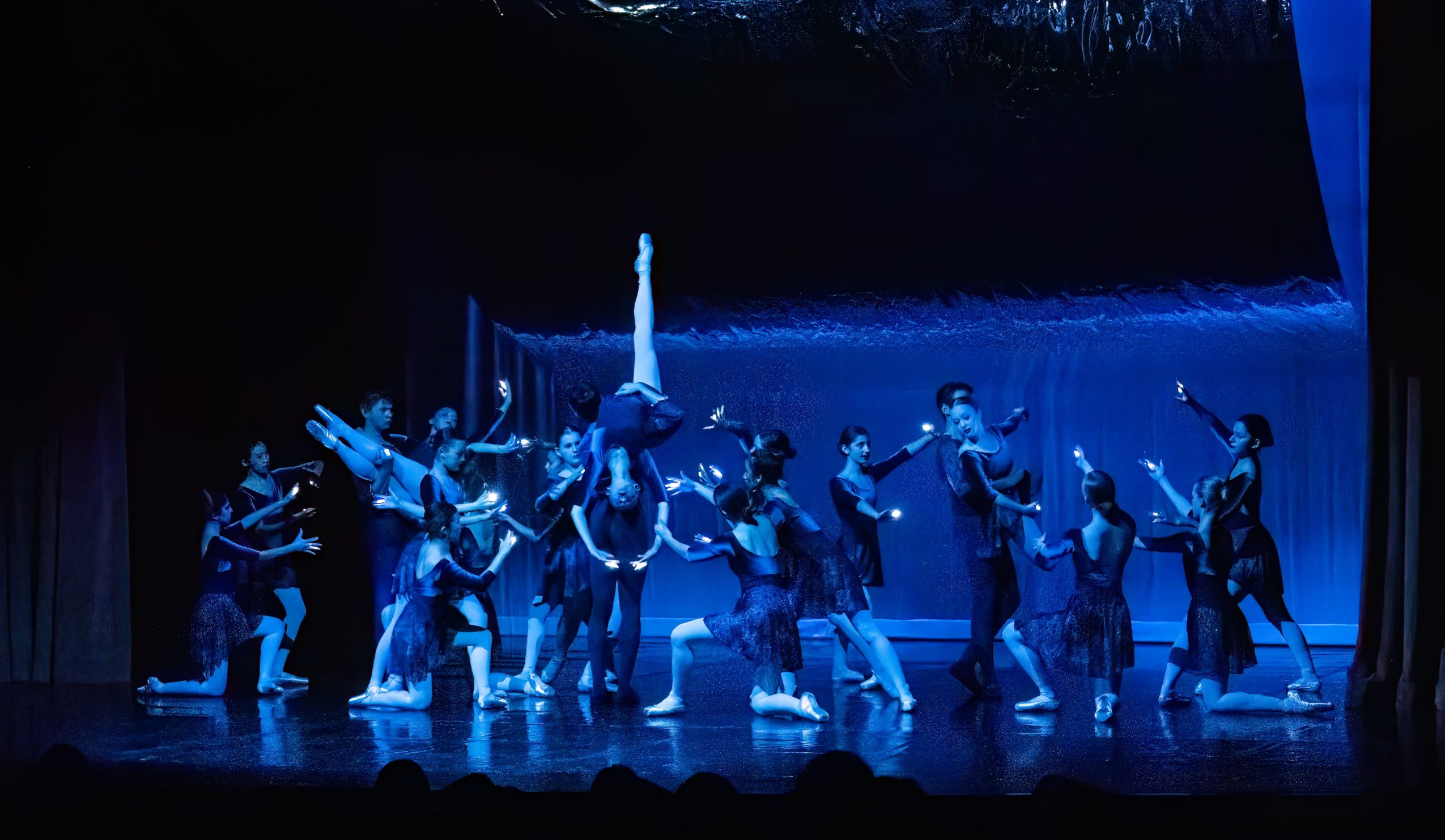
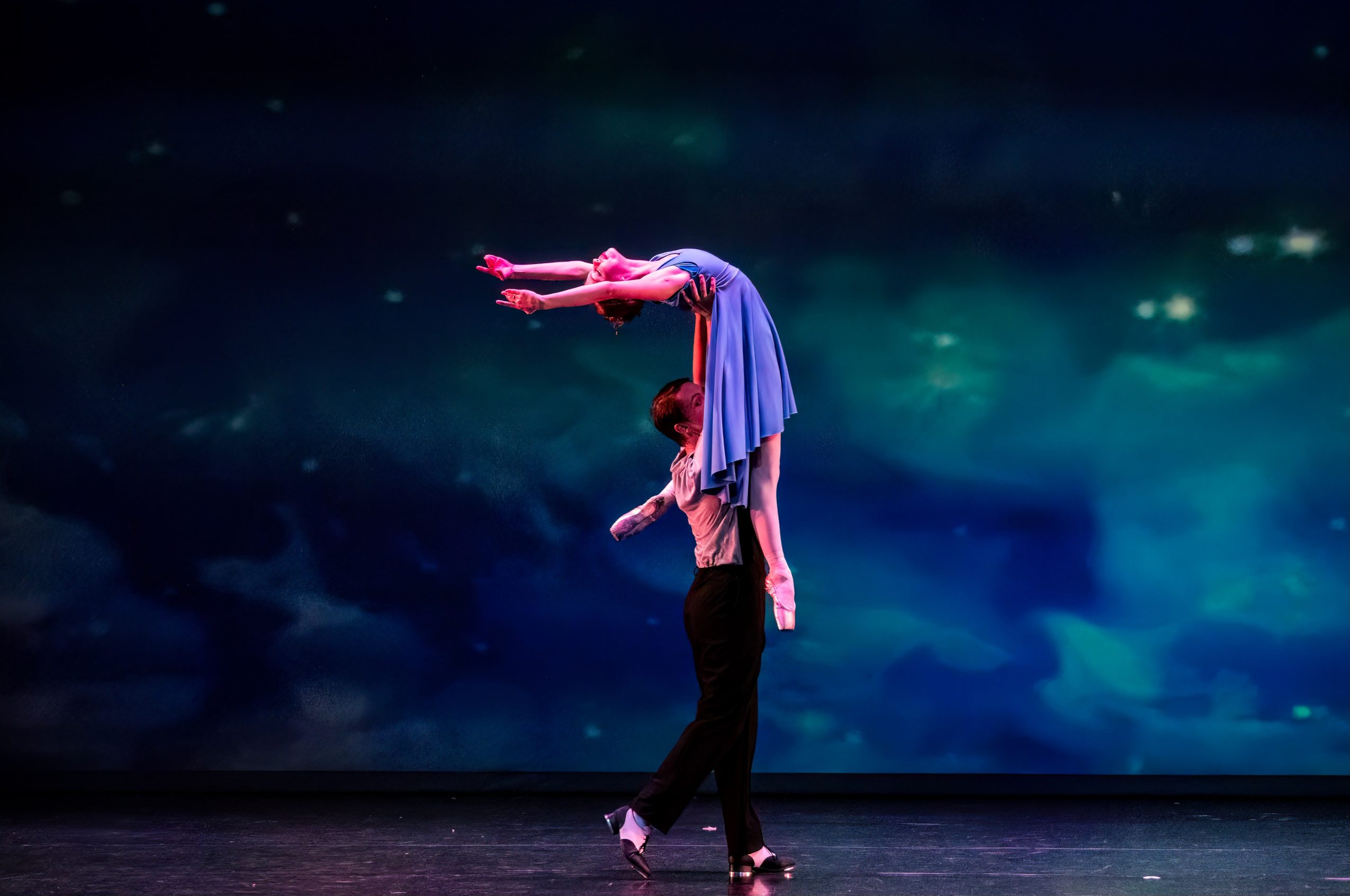
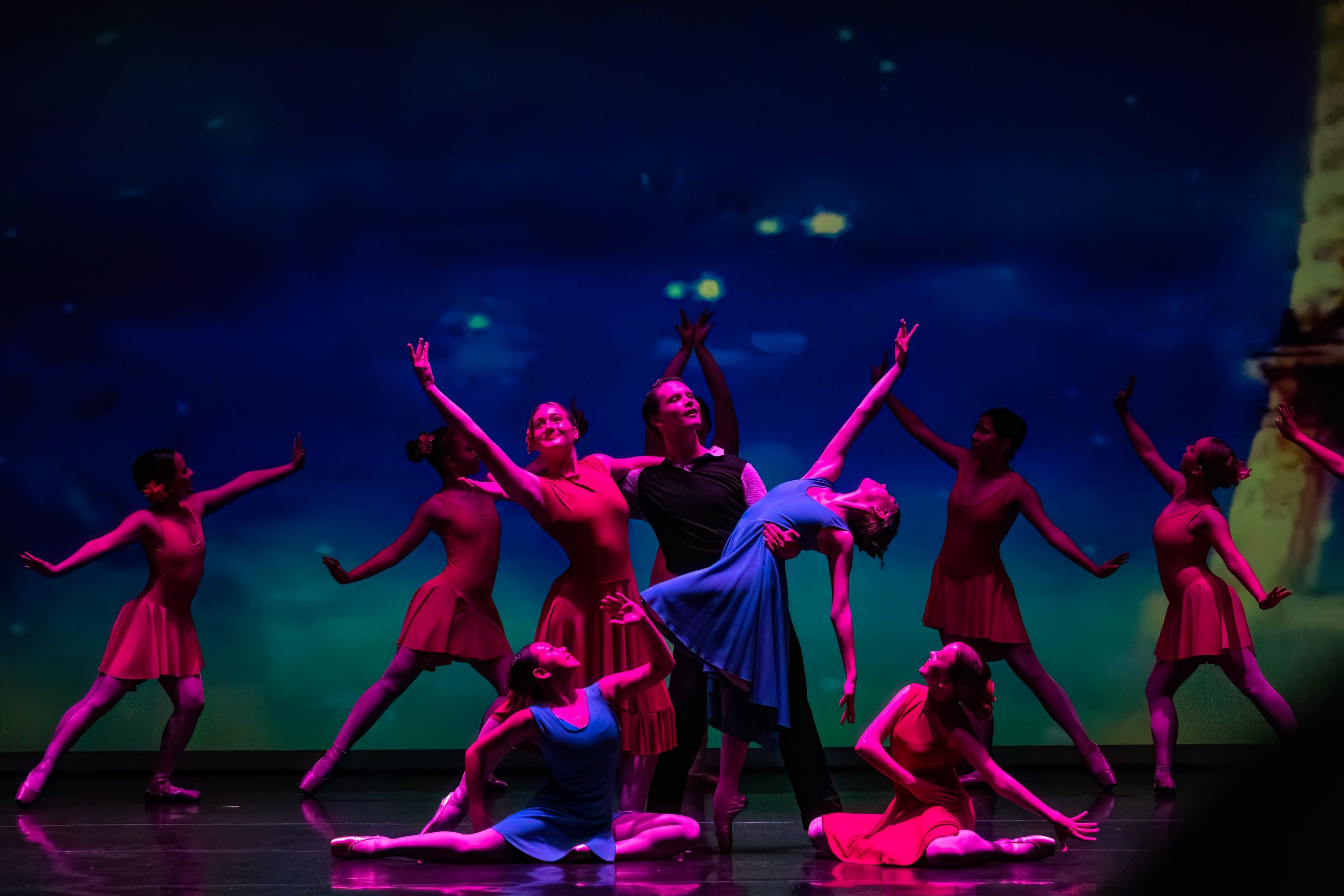
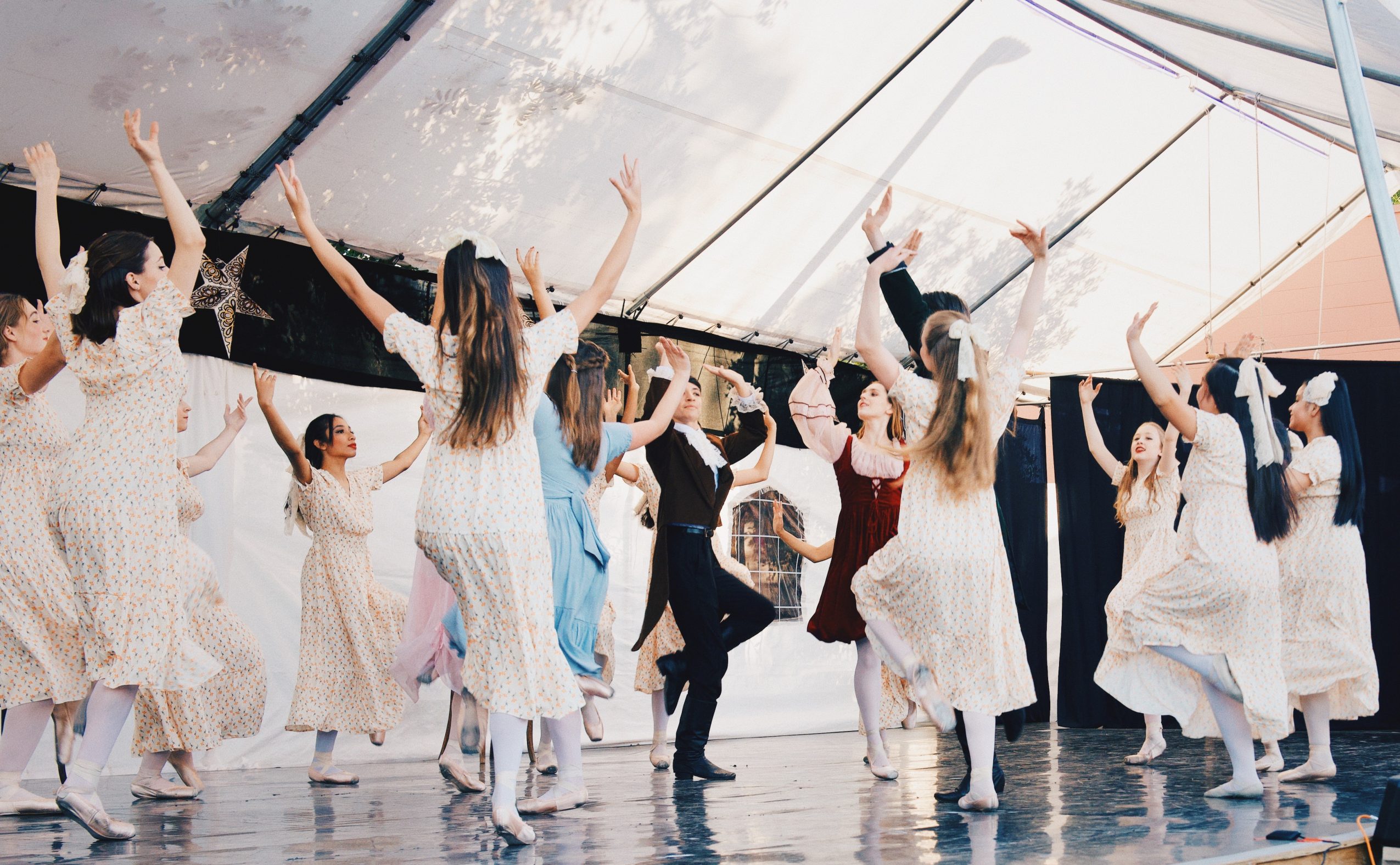
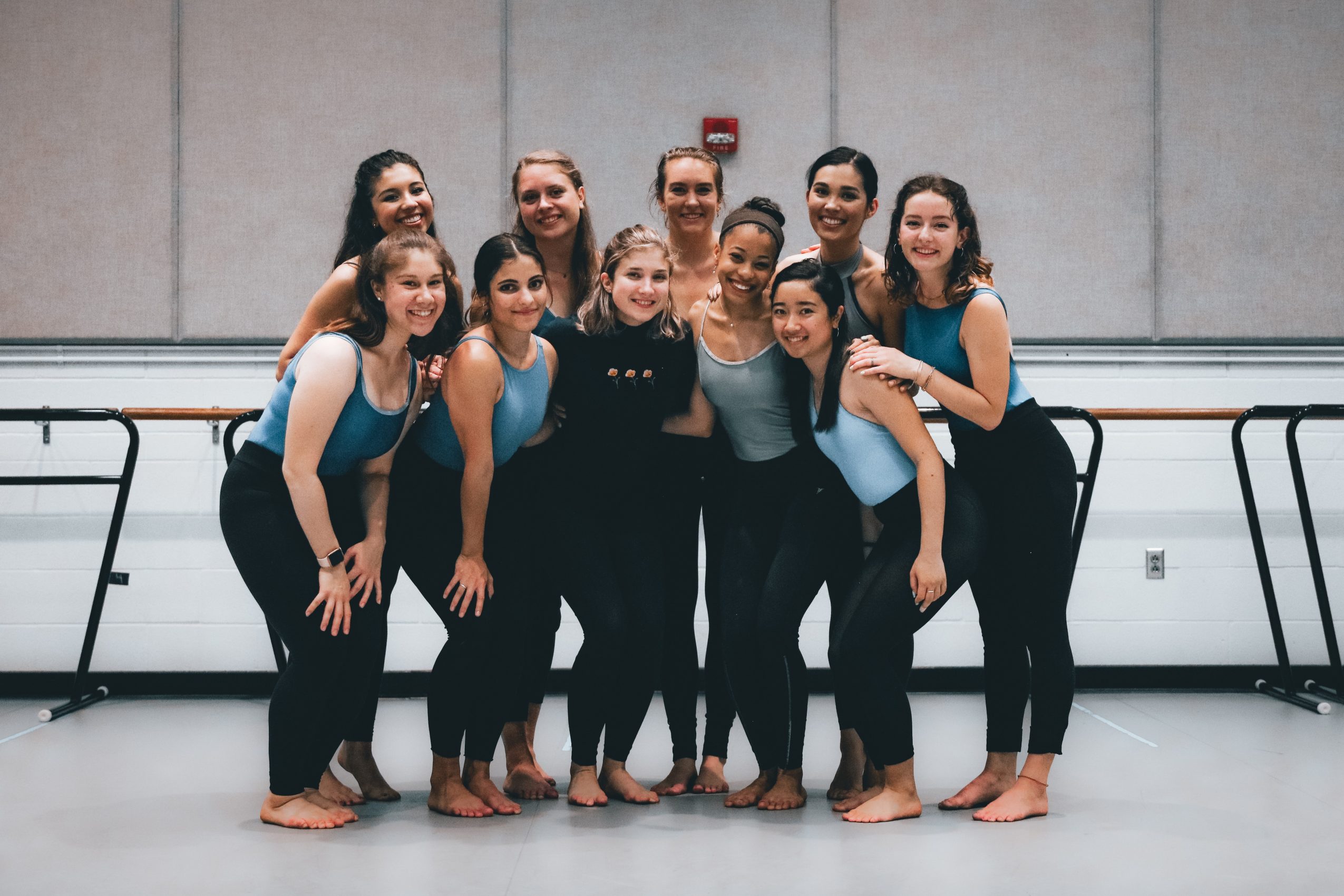 Image Credits
Image Credits
Emily Seabourne, Edith Tyebkhan, John Barclay, Ian Boggs

